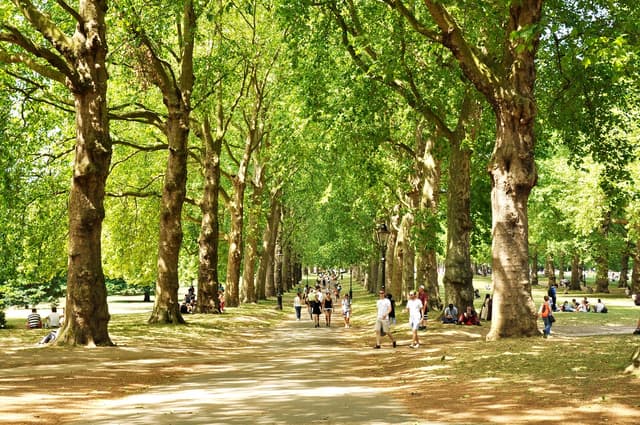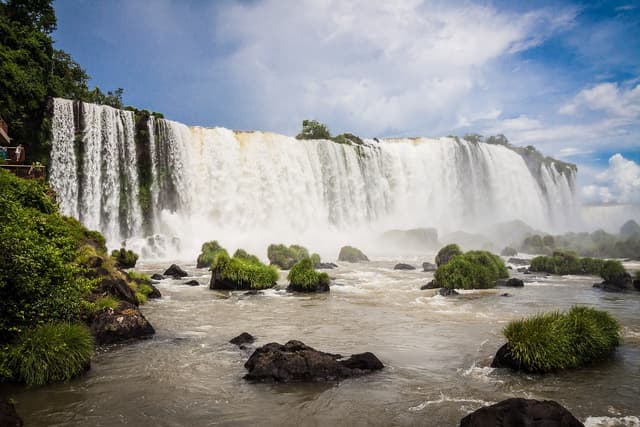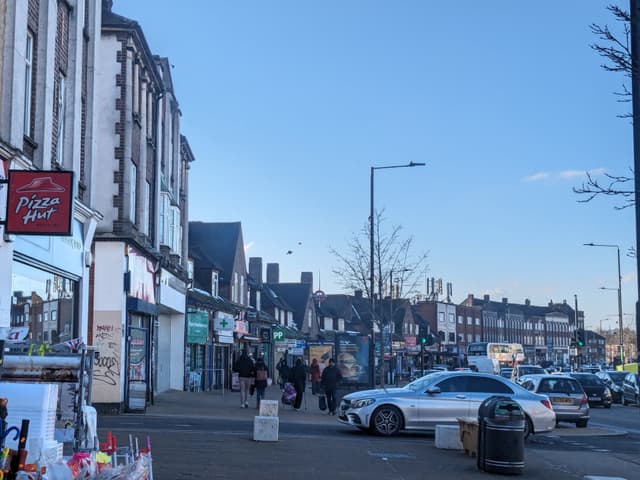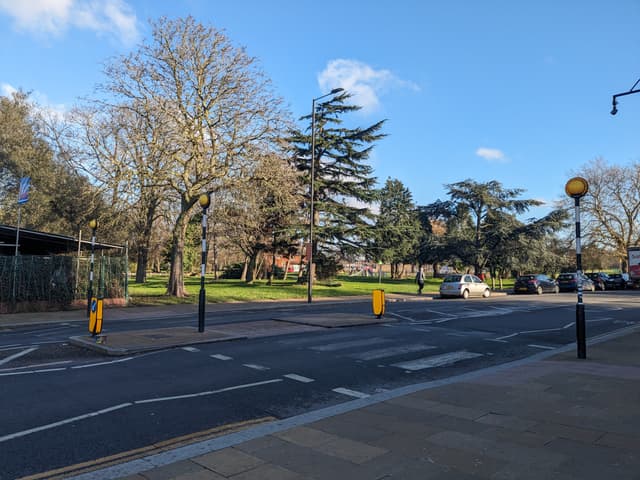Myths about teaching can hold you back
- Year 1
Buildings and features near our school
I can investigate the street outside my school and do some fieldwork to observe and record what is there.
- Year 1
Buildings and features near our school
I can investigate the street outside my school and do some fieldwork to observe and record what is there.
These resources will be removed by end of Summer Term 2025.
Switch to our new teaching resources now - designed by teachers and leading subject experts, and tested in classrooms.
These resources were created for remote use during the pandemic and are not designed for classroom teaching.
Lesson details
Key learning points
- Many streets include a range of buildings, including homes, shops, places of worship, offices, etc.
- When doing fieldwork geographers use large-scale maps to locate their position and features they see.
- Geographers use maps, labels and photographs to share information about places they have investigated through fieldwork.
Keywords
Fieldwork - Fieldwork is investigating the outdoors using geographical tools and thinking to gather information or data.
Buildings - Buildings are structures made by people that have walls and a roof, such as homes, offices, schools, shops, places of worship.
Large-scale map - A large-scale map shows a small area on a map in a great amount of detail.
Recording sheet - A recording sheet is where you can note your findings from fieldwork, and can include a table, chart, etc.
Display - A display is a way of sharing your findings and can be written, drawn, spoken or be a mixture of all these methods.
Common misconception
The features discussed in the slides are the only way they look in real life e.g. all houses/ shops/ leisure facilities all look the same (like the pictures in the slides).
Houses, shops, green spaces, places of worship etc. are all unique. The features in your area might look the same as the examples or they might look different to the examples used. They are still a type of that feature.
To help you plan your year 1 geography lesson on: Buildings and features near our school, download all teaching resources for free and adapt to suit your pupils' needs...
To help you plan your year 1 geography lesson on: Buildings and features near our school, download all teaching resources for free and adapt to suit your pupils' needs.
The starter quiz will activate and check your pupils' prior knowledge, with versions available both with and without answers in PDF format.
We use learning cycles to break down learning into key concepts or ideas linked to the learning outcome. Each learning cycle features explanations with checks for understanding and practice tasks with feedback. All of this is found in our slide decks, ready for you to download and edit. The practice tasks are also available as printable worksheets and some lessons have additional materials with extra material you might need for teaching the lesson.
The assessment exit quiz will test your pupils' understanding of the key learning points.
Our video is a tool for planning, showing how other teachers might teach the lesson, offering helpful tips, modelled explanations and inspiration for your own delivery in the classroom. Plus, you can set it as homework or revision for pupils and keep their learning on track by sharing an online pupil version of this lesson.
Explore more key stage 1 geography lessons from the Local area: where do we live? unit, dive into the full primary geography curriculum, or learn more about lesson planning.

Licence
Prior knowledge starter quiz
6 Questions
Q1.Which of these are physical features you might see in your local area?
Q2.What helps to decide the type of transport people choose to use to get to school?
Q3.Why is fieldwork important?
Q4.Which of these are used as locational language?
Q5.Why are risk assessments important?
Q6.Match the problem to a suitable solution.
make sure everyone has a raincoat
stay away from the edge
use a pedestrian crossing
wear your seatbelt
Assessment exit quiz
6 Questions
Q1.Which image shows a familiar human feature on the journey to school?






